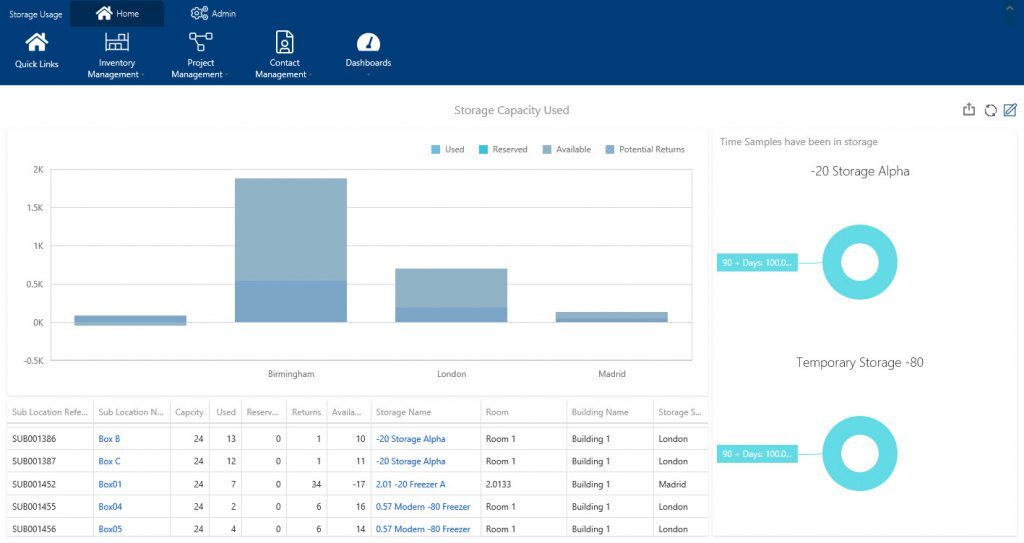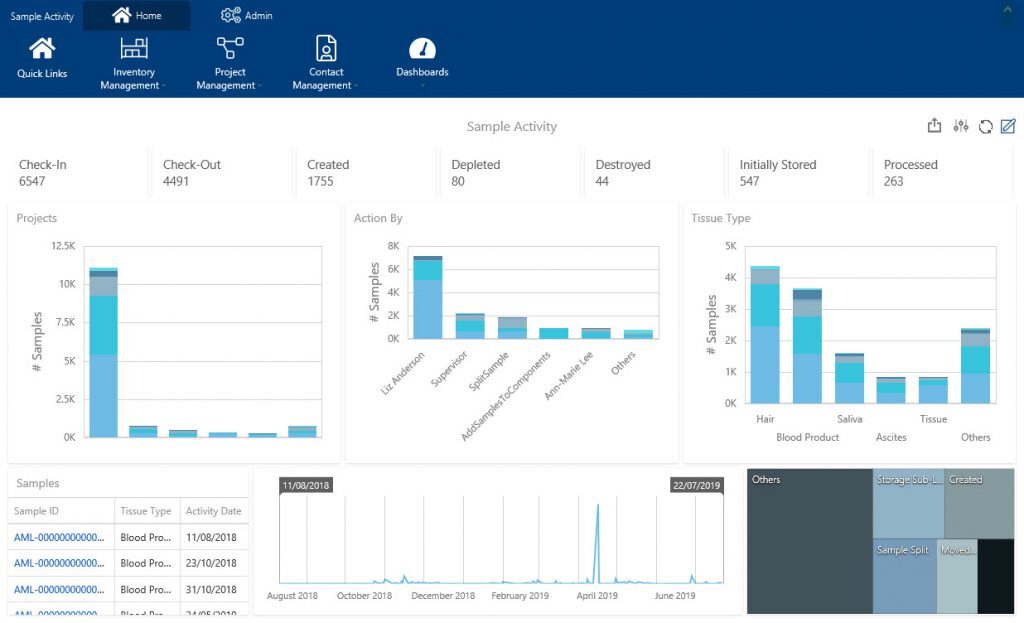How can you determine whether you are gaining optimum value from your biological samples? Firstly, you need to understand exactly what you mean by ‘value’.
There are some Biobank managers who pride themselves on the number of samples they currently have stored in their inventory. Some can see this as a measure of success. However, simply measuring your value or success based on the volume or types of samples you are currently holding in your inventory is only part of the story.
Having a range of biological samples available for researchers to search through and request for use in their studies is undoubtedly useful. Assuming that is, that these are the types of samples that researchers actually require.
If asked how I, as a non-scientist, would want my donated samples to be used, I would answer, “to help find a cure and to help others”. Put simply, I would want my samples to be used for something worthwhile. I believe that most people would answer similarly.
Can you see how long your samples have been sitting in your inventory?
Do you have biological samples that have been sitting in your freezers and storage facilities for months, if not years, that have never been used or requested? If so, these may actually be costing your Biobank money and be taking up valuable space and resources.
A lot of work has been done to restore the public’s faith in hospitals following historical scandals. However, it still takes a lot of time and effort to recruit donors. As well the time taken to physically obtain samples that can be used in research. All of this incurs cost.
Personally, the thought of my samples being stored unused, seems wasteful.
Being able to see the numbers volumes and types of samples that have been in your inventory for a long period of time can help you make informed decisions about how best to manage them. Understanding if, and how, these samples could be best utilised through visibility of associated informed consent and permitted re-use information can help you maximise benefits through re-purposing. Laboratory Sample Management software, like Achiever Medical, can identify those samples that have been taking up valuable long-term storage space. Achiever Medical’s interactive ‘Storage Capacity Used’ dashboard displays the capacity used and the duration samples have been in store.

Do you know which are your most popular samples?
Identifying the types of samples that are being frequently used or requested will help you to assess the variety of biological specimens that you should be sourcing. These are the samples that your researchers want. Real-time, interactive sample activity dashboards can deliver the detailed information to help you assess this.

Nevertheless, it is important to check what criteria your researchers are using to search for samples. You can then assess these to determine whether they are very restricted or too broad. If the criteria seem very broad, for example, tissues from female donors over 55, then this could possibly be due to the lack of detailed profile information available against your samples.
Managing and tracking prospective sample requests can be useful in guiding your future donor recruitment, purchasing and sample sourcing decisions.
To summarise how to gain optimum value from your samples
To gain optimum value from your samples, you have to meet the requirements and expectations of your researchers and donors. The value of your Biobank, and inherently, your samples is dependant on them being used. Having hundreds of thousands of unused samples in your Biobank might look great when looking purely at the numbers. However, you should look to determine the value of your samples based on their usage, associated outcomes and progress.

Comments are closed.